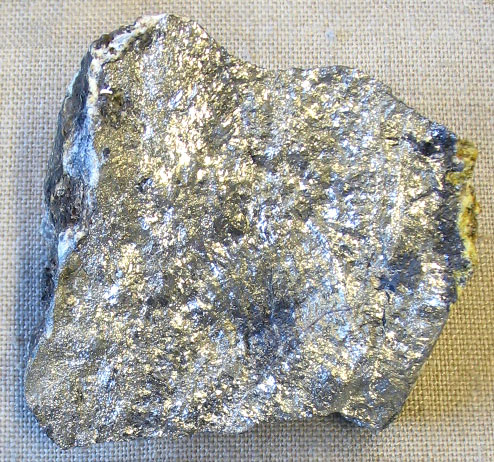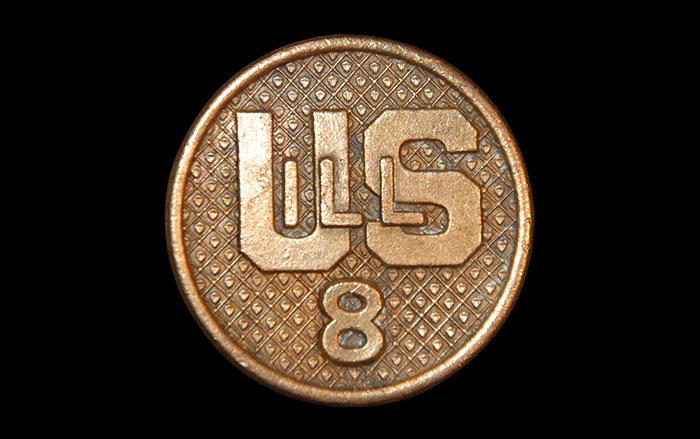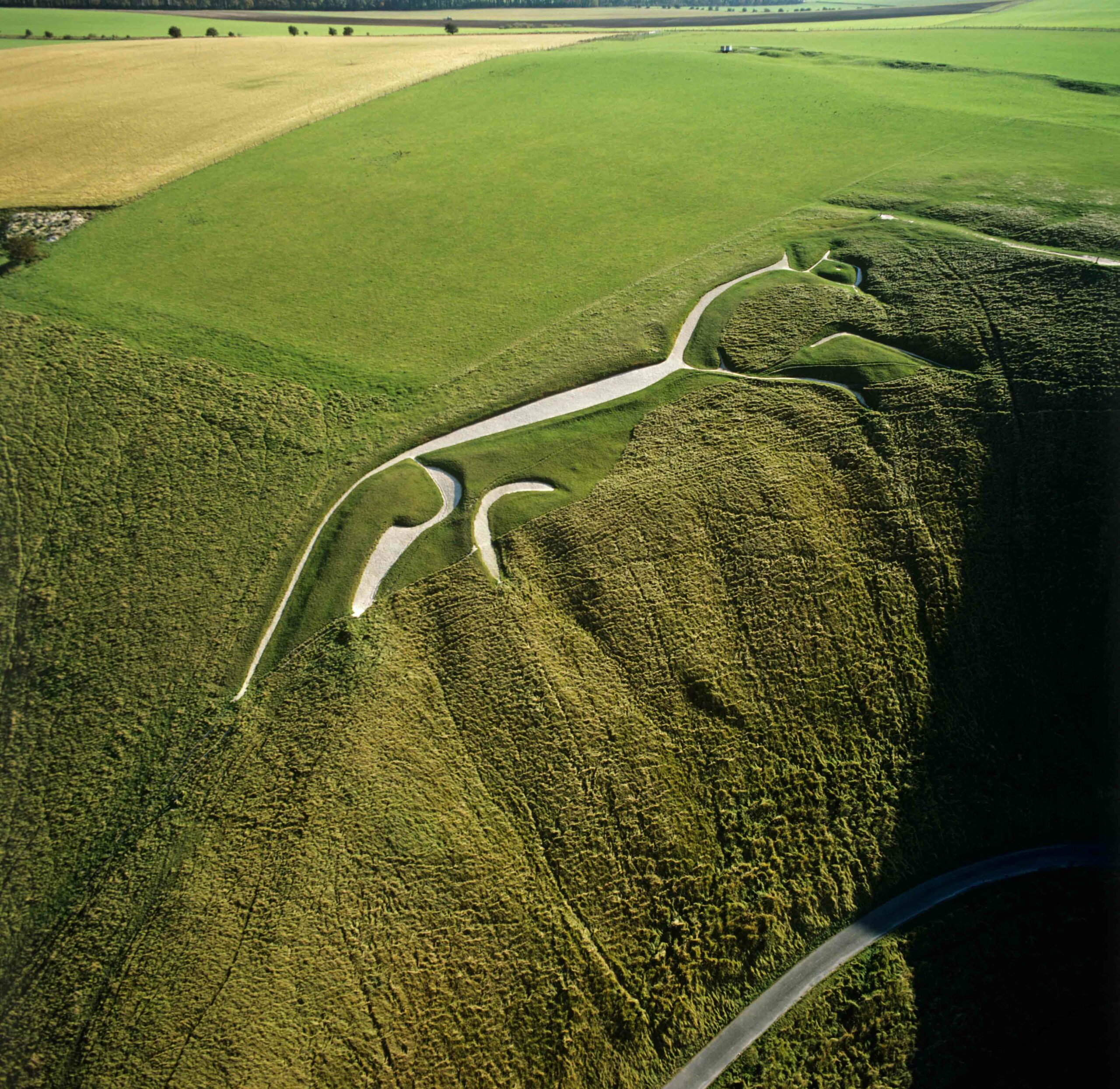
NANTERRE, FRANCE—Live Science reports that an international team of scientists led by Philippe Charlier of Max Fourestier Hospital tested a lead water pipe from a home in Pompeii and found it carried highly toxic levels of antimony. The metal is thought to have been added to lead to strengthen it. To begin the investigation, the researchers dissolved a fragment of the metal pipe in concentrated nitric acid, and then heated it to more than 10,000 degrees Fahrenheit to ionize the elements so that they could be identified within a mass spectrometer. The analysis suggests the possible levels of antimony in city’s water supply could have caused antimony intoxication, diarrhea, and vomiting, leading to severe dehydration and eventually liver and kidney damage. Antimony has also been found in the groundwater close to volcanoes, possibly increasing the exposure of Pompeii’s population to the toxic element. The researchers suggest testing additional pipes throughout the Roman Empire, and looking for traces of antimony in the bones and teeth of ancient Romans, for more information on how antimony poisoning might have affected their health. For more on Pompeii, go to “Family History.”










